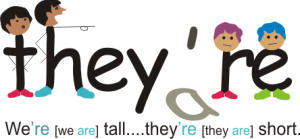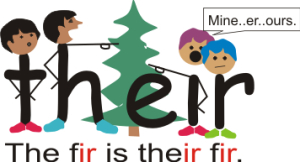https://skypenglish4u.com/wp-content/uploads/2015/01/ncv-1.jpg
721
1852
Linda
http://skypenglish4u.com/wp-content/uploads/2016/10/SE4U2-2-4.jpg
Linda2015-01-19 12:13:012015-01-19 12:13:01Non-continuous Verbs
https://skypenglish4u.com/wp-content/uploads/2015/01/Screen-Shot-2015-01-09-at-2.47.56-PM-1.png
279
655
Linda
http://skypenglish4u.com/wp-content/uploads/2016/10/SE4U2-2-4.jpg
Linda2015-01-09 15:18:292015-01-09 15:18:29‘a little’ and ‘little’ & ‘a few’ and ‘few’
https://skypenglish4u.com/wp-content/uploads/2015/01/Screen-Shot-2015-01-08-at-11.02.06-PM-1.png
188
654
Riham
http://skypenglish4u.com/wp-content/uploads/2016/10/SE4U2-2-4.jpg
Riham2015-01-08 23:32:412015-01-08 23:32:41English Verb Tenses
https://skypenglish4u.com/wp-content/uploads/2014/11/pronouns-1.jpg
370
670
Riham
http://skypenglish4u.com/wp-content/uploads/2016/10/SE4U2-2-4.jpg
Riham2014-11-20 11:15:392014-11-20 11:15:39What are Pronouns?
https://skypenglish4u.com/wp-content/uploads/2015/02/good-vs-well1-1.jpg
450
962
Riham
http://skypenglish4u.com/wp-content/uploads/2016/10/SE4U2-2-4.jpg
Riham2014-11-17 21:42:302014-11-17 21:42:30Good / Well
https://skypenglish4u.com/wp-content/uploads/2014/09/there-1.jpg
174
317
Riham
http://skypenglish4u.com/wp-content/uploads/2016/10/SE4U2-2-4.jpg
Riham2014-09-30 15:14:452014-09-30 15:14:45There, They're, and Their
http://skypenglish4u.com/wp-content/uploads/2016/10/SE4U2-2-4.jpg
0
0
Jessica
http://skypenglish4u.com/wp-content/uploads/2016/10/SE4U2-2-4.jpg
Jessica2014-09-10 11:34:242014-09-10 11:34:24Rarely will a person be able to explain such a thing!
http://skypenglish4u.com/wp-content/uploads/2016/10/SE4U2-2-4.jpg
0
0
Jessica
http://skypenglish4u.com/wp-content/uploads/2016/10/SE4U2-2-4.jpg
Jessica2014-07-16 13:46:362014-07-16 13:46:36Do you know your colloquial pairs?
http://skypenglish4u.com/wp-content/uploads/2016/10/SE4U2-2-4.jpg
0
0
Jessica
http://skypenglish4u.com/wp-content/uploads/2016/10/SE4U2-2-4.jpg
Jessica2014-06-11 13:58:282014-06-11 13:58:28Don’t recommend it, suggest it instead
https://skypenglish4u.com/wp-content/uploads/2014/05/18ix62olhq1s7jpg-1.jpg
360
640
Linda
http://skypenglish4u.com/wp-content/uploads/2016/10/SE4U2-2-4.jpg
Linda2014-05-30 18:47:492014-05-30 18:47:495 Common Grammar Mistakes
Scroll to top




